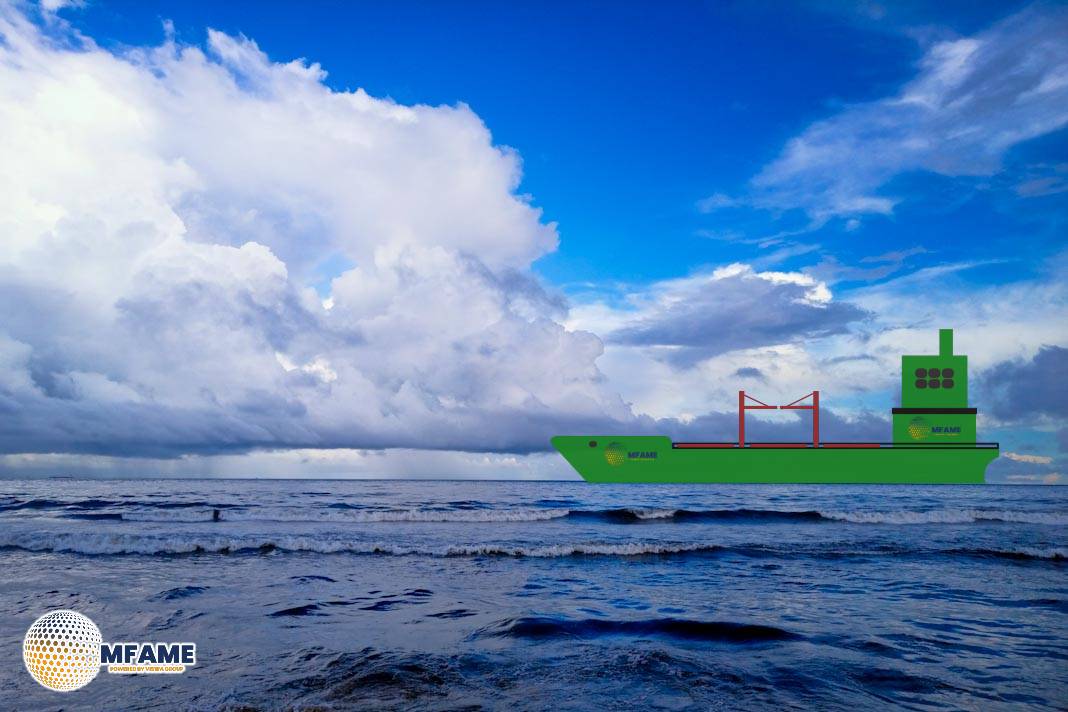- Shipping companies must surrender EU allowances (EUAs) by 30 September 2025, covering emissions from 1 January to 31 December 2024.
- Dry bulk operators face escalating expenses: approximately US $320 million in 2024, rising to US $560 million in 2025, and US $800 million in 2026.
- To curb emissions and mitigate ETS costs, operators are increasingly deploying newer vessels in Europe.
Drewry’s recent analysis of the EU Emissions Trading Scheme (ETS) highlights key deadlines, cost implications, and strategic shifts in response to the ETS regulation.
First EU ETS Shipping Payment Deadline
The inclusion of maritime transport emissions under the EU Emissions Trading Scheme (ETS) marks a major regulatory milestone for the shipping industry. From 2024, shipping companies must monitor and report their emissions under the EU’s MRV (Monitoring, Reporting, and Verification) system. The first mandatory payment—surrendering of EU allowances (EUAs)—is due by 30 September 2025.
The ETS implementation is being phased in gradually:
- 2025: 40% of 2024 emissions must be covered by allowances
- 2026: 70% of 2025 emissions
- From 2027 onward: 100% of emissions must be offset
This system pushes shipowners to account for their environmental footprint with tangible financial implications.
Cost Impact on Dry Bulk Carriers
Emission-related expenses are becoming a major concern for dry bulk operators. In 2024, the total cost to cover emissions with EUAs is expected to hit US $320 million. That figure is projected to rise to US $560 million in 2025, and reach US $800 million by 2026. These additional costs are reshaping shipping economics and will increasingly factor into operational and chartering decisions.
Strategic Response: Younger Fleets, Greener Operations
To mitigate these rising costs, many shipping companies are turning to newer, more fuel-efficient vessels. Deploying younger fleets in European trade lanes helps reduce overall carbon output, thus lowering EUA obligations. This strategy not only cuts compliance costs but also supports broader goals around environmental responsibility and regulatory alignment.
The EU ETS represents a significant shift in how the maritime sector must operate in Europe. With the first payment deadline approaching, shipping companies face mounting pressure to adapt—both operationally and financially. Whether through emissions trading, fleet renewal, or route optimization, proactive compliance strategies will be key to long-term resilience and competitiveness.
Did you subscribe to our daily Newsletter?
It’s Free Click here to Subscribe!
Source: Drewry


















